Vienna is one of the most visited cities in Europe and is the capital city of the Republic of Austria. Most the history and the charm of Vienna come from its location on the Danube River. It has long been considered the gateway between Western and Eastern Europe and wans once the center of the Habsburg empire; today, it is the most important cultural and commercial hub in Austria. Vienna is full of historic sights, art collections, palaces and a musical heritage that draws millions of visitors every year. With a cosmopolitan atmosphere, Vienna is a charming city, dotted with fabulous architecture, the Fiaker, or horse-drawn carriages and some of the best coffee houses in Europe, serving traditional Viennese fayre. There are plenty of things to see in Vienna and these are just a few that you should be on your visit list.
- Belvedere Palace
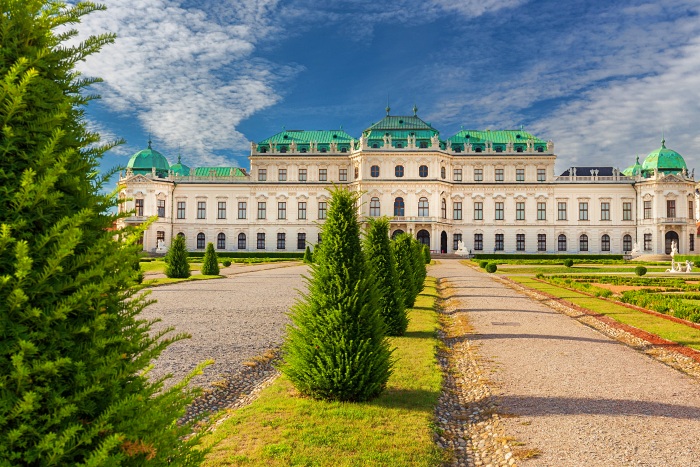
Belvedere Palace is actually two buildings, built in the Baroque style of architecture. The Upper Palace is where you will find the ground floor hall, complete with statues, and the Ceremonial Staircase, lined with frescos and stucco relief. The Marble Hall is worth a look, two storeys tall and contains a number of period paintings, sculptures, and the ceiling frescos. In the Lower Palace, you will also find a Marble Hall, this one with oval medallions made of plaster, and a fantastic ceiling fresco. A Marble Gallery accompanies the hall, housing several historic statues. Other buildings of note include the Winter Palace, the Palace Stables, the Orangery and the Belvedere Gardens and Fountains that link the Upper and Lower Palaces. An art museum called the Österreichische Galerie Belvedere can be found in the palace, containing collections of sculptures, and 12-16th-century panel paintings. The most famous piece of art on the gallery has to be The Kiss, by Gustav Klimt.
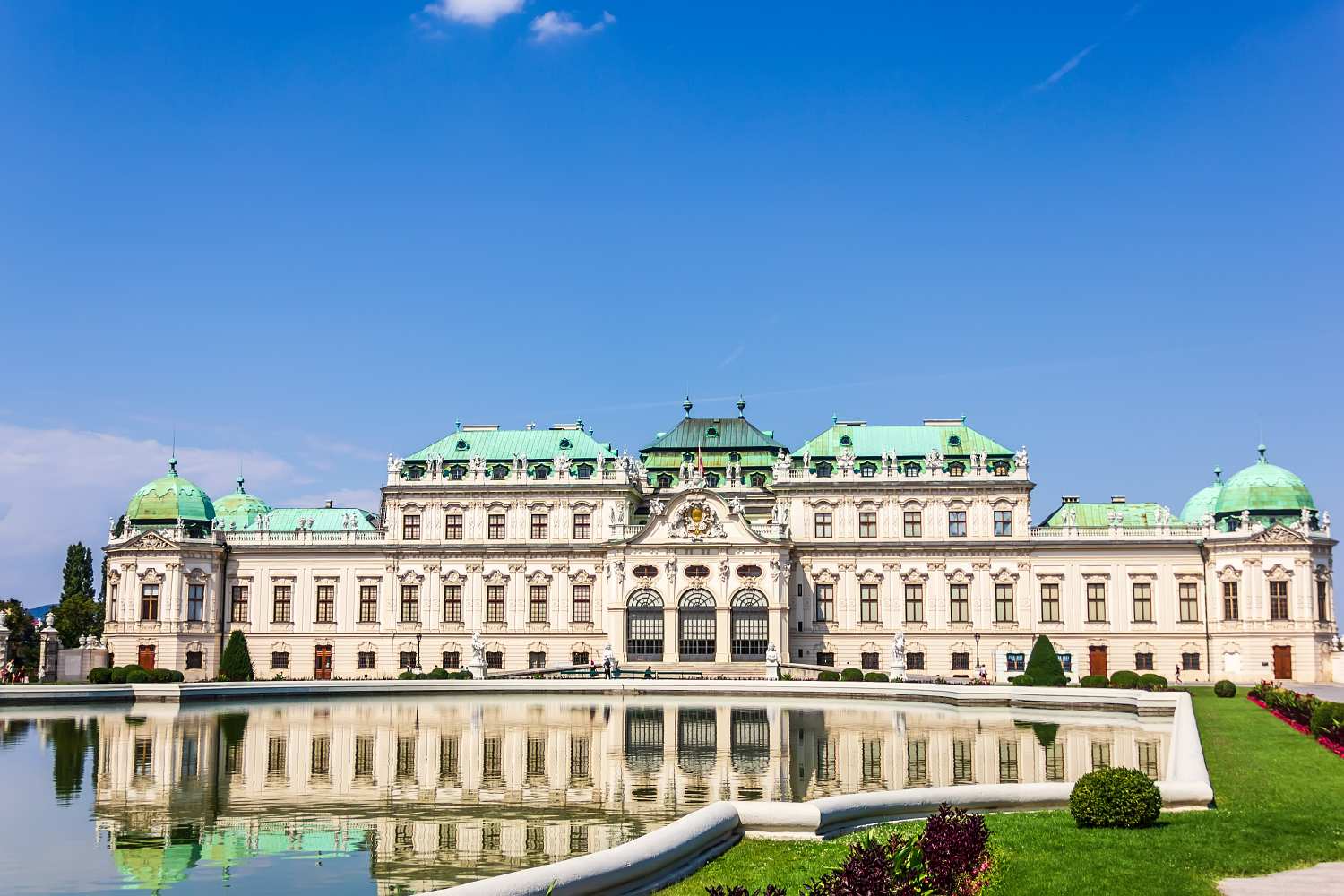
- Natural History Museum
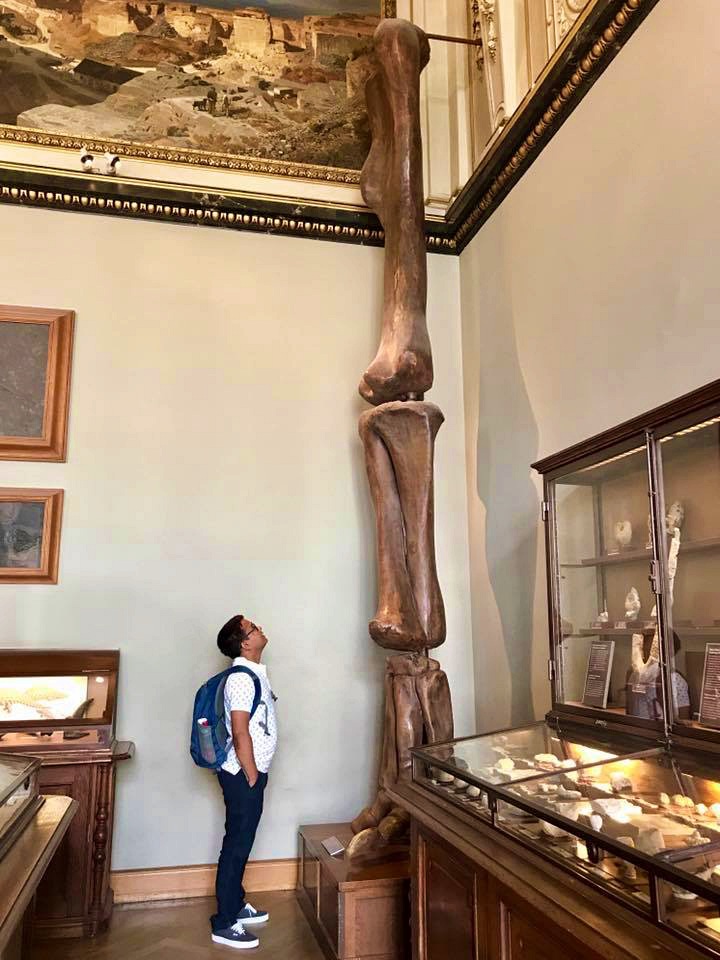
The Natural History Museum in Vienna opened in 1889 but its first collections, the Insects, date back to 1773. Today, you can see some of the most unique collections in the world, including the dinosaurs, displayed in a huge Dinosaur Hall, the Venus of Willendorf, approximately 29,500 thousand years old and a sea cow that went extinct more than 200 years ago. The museum displays a massive collection of meteorites, including the Tissint meteorite that fell on Morocco from Mars in 2011, alongside permanent exhibitions on the origins of the human race. Covering 39 exhibit halls, the Natural History Museum is now home to the Digital Planetarium, featuring a full dome projection, to commemorate being open for 125 years. More than 60 scientists work at the Museum, researching just about any field you can think of and is one of the most important of all public institutions and the largest research center (non-university) in the country.
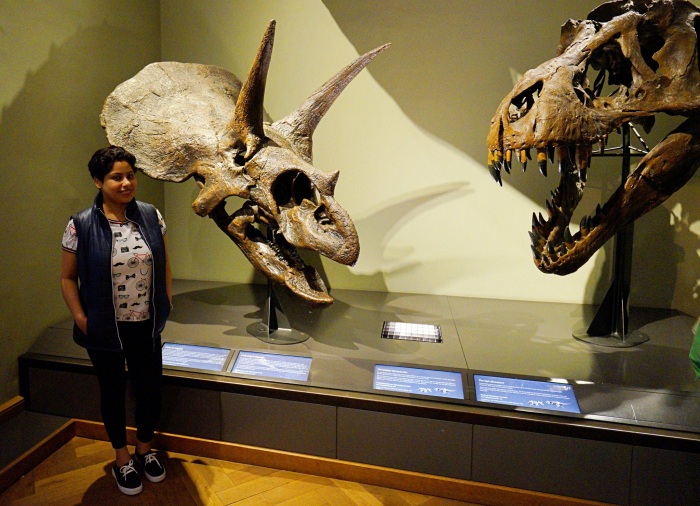
- St Stephens Cathedral
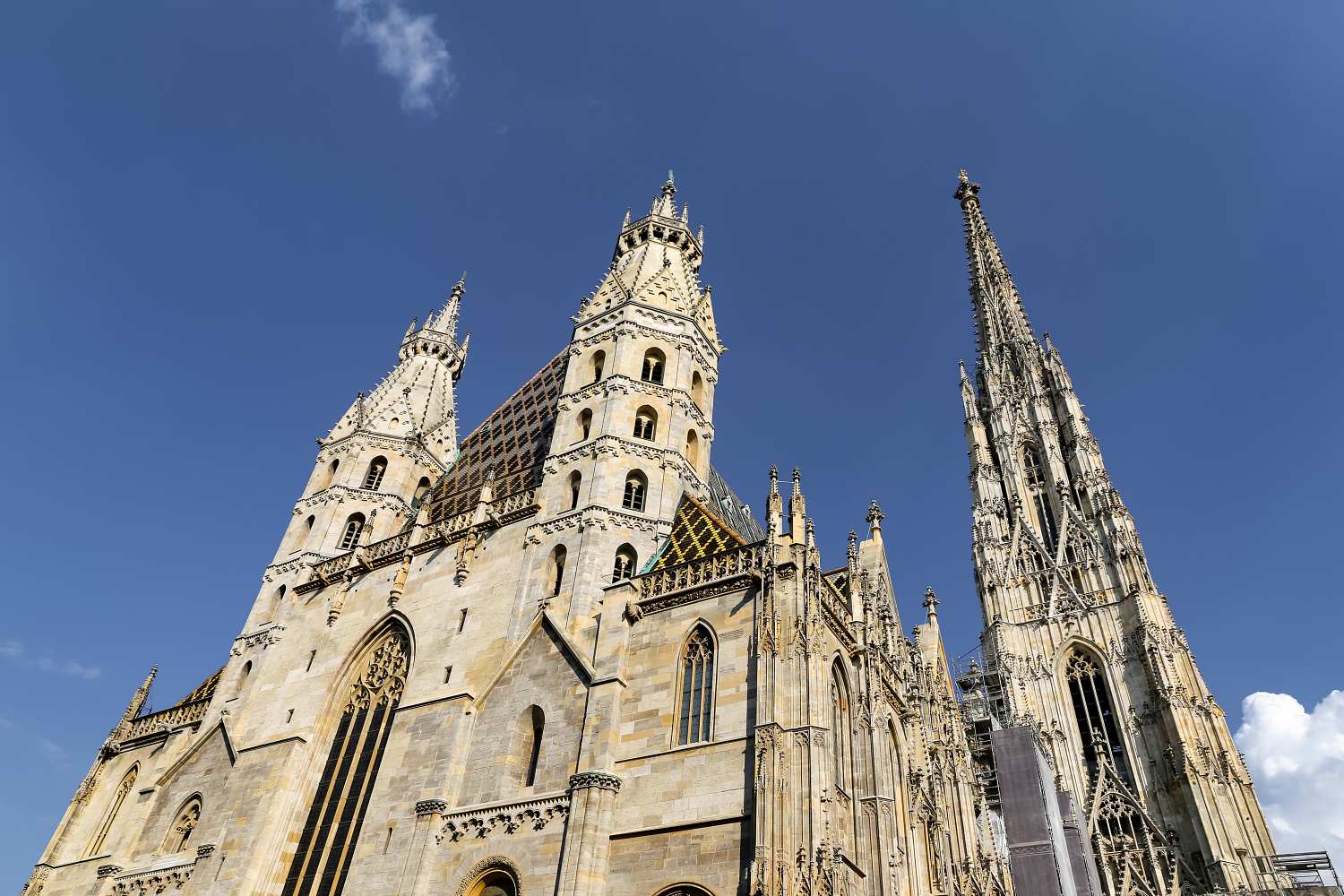
St Stephen’s Cathedral can be found in the historical center of the city. The Archbishop Cathedral Church since 1722 and the most important of all the Gothic edifices in Vienna, St Stephens Cathedral was originally built in the 12thcentury. It was replaced in the 13thCentury by another Romanesque church and the remains of the gates and the Heathen Towers can still be seen to this day. This was followed by Gothic reconstruction in the 14thCentury when the Choir and the three chapels of St Tirna, St Eligius, and St Catherine were added. The impressive South Tower, 137 meters high, was added on the 15thcentury and, from the 17thto the 19thcenturies, more work was done. After WWII, the rebuilding of the entire structure took place although remnants of the old buildings can still be seen. Some of the highlights of the cathedral include the 343 step climb up to Steffls Watch Tower, which offers spectacular views, and the North Tower which houses the huge Pummerin Bell, with a fast lift taking visitors to the viewing platform. You can also see the catacombs form the 14thcentury and the Cathedral Treasure, home to some of the more important artifacts of the Cathedral.
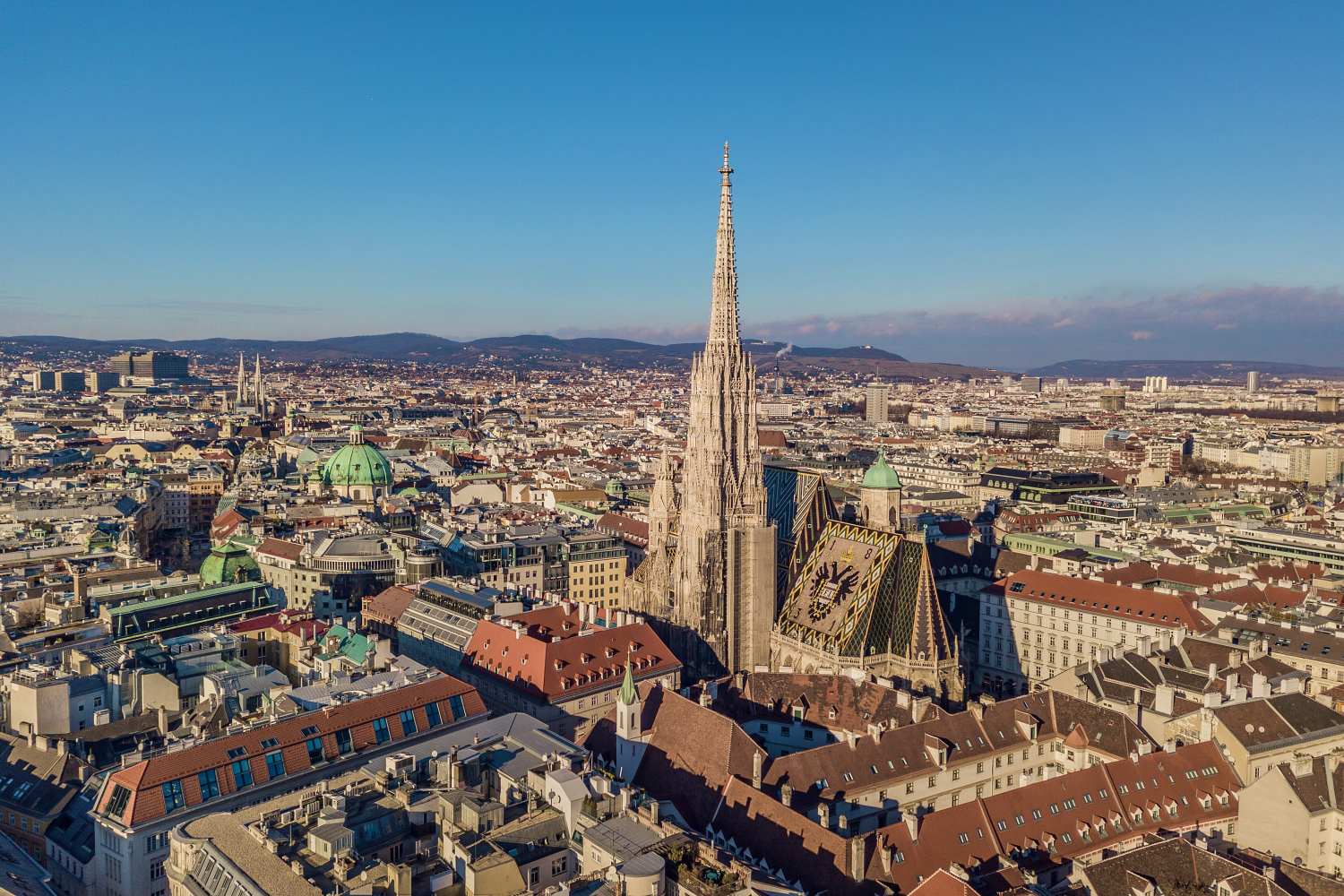
- Schönbrunn Palace
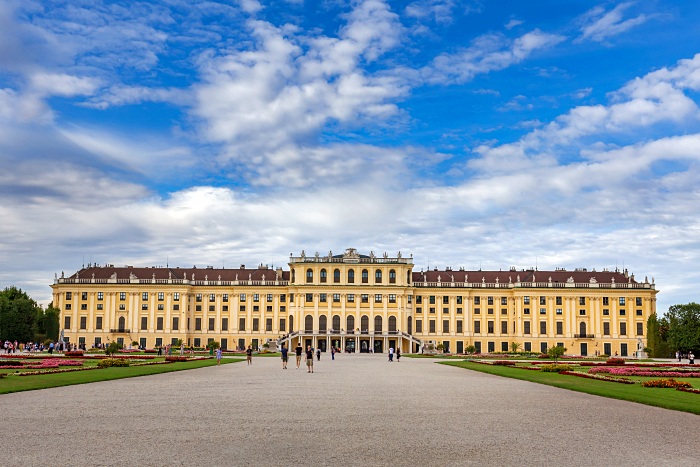
If architecture is your thing then a visit to the 18thcentury Schönbrunn Palace is a must. A Baroque palace, Schönbrunn contains over 1400 rooms, and apartments, at one time used by the Empress Maria Theresa. Highlights of the Palace tour include seeing the Imperial Apartments, The Walnut Room and bedroom of Emperor Franz Joseph, including the soldier bed in which his life ended. You can see the garden apartment that Empress Maria Theresa stayed in, and her Breakfast room, decorated in floral artwork by her daughters. Another part that you must see is the grounds of the Palace. Schönbrunn Park and Gardens are a UNESCO World Heritage Site, displaying Baroque gardens, stunning vistas and a maze.
- St Peters Church
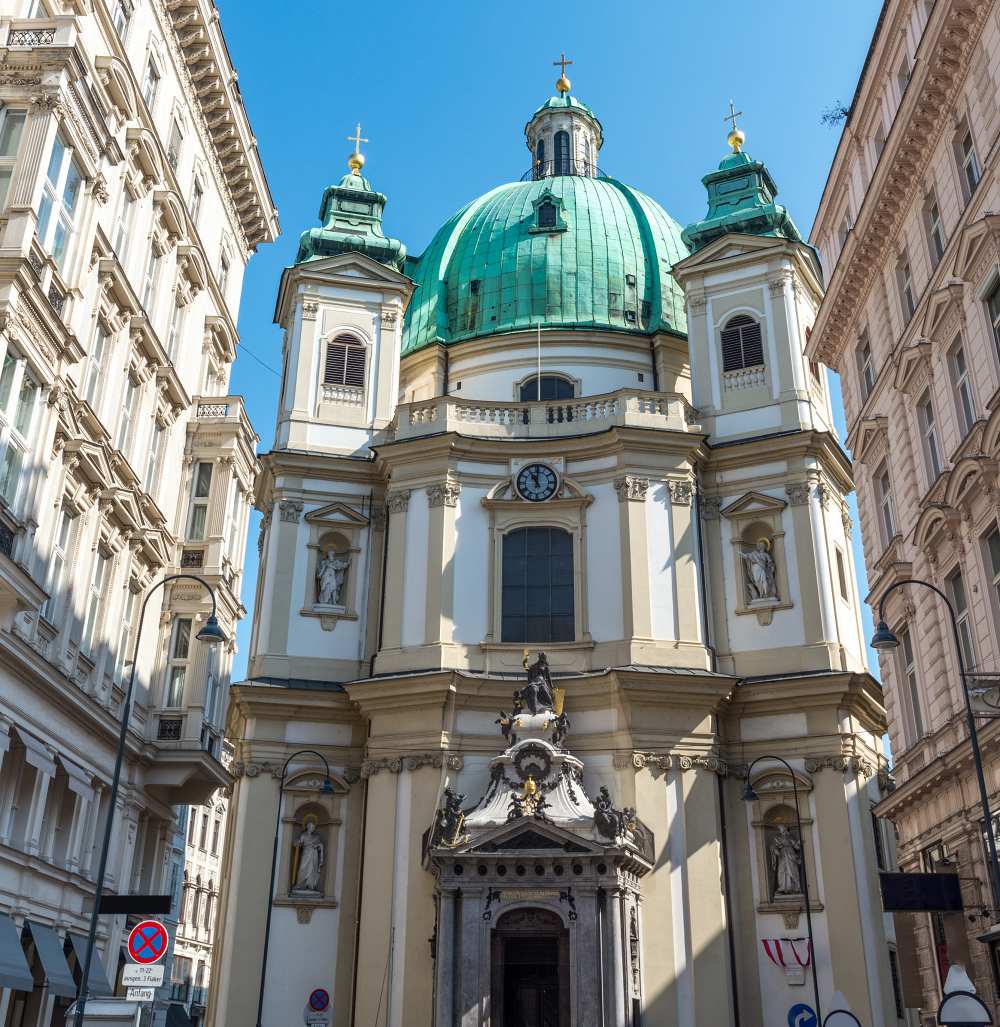
St Peter’s Church in Vienna was closely modeled on the church of the same name in Rome. The sit of St Peter’s Church was originally a Roman church and later, a church that was founded in 729 AD by Charlemagne. The edifice you see today is 18thcentury and has a huge dome that displays a stunning fresco and lots of artistic work and treasures. The Barbara Chapel is well worth a look with a stunning portal and the Decollation of St Barbara by Franz Karl Remp, along with the High Altar in the Choir and the Immaculate Conception painting. The Plague Pillar stands nearby, 21 meters tall that was built as a commemoration of the end of the plague that killed 75,000 Viennese in 1679. Nearby you will also find the 12thCentury Abbey of the Scots, since renovated and made bigger, where you can see fine art from the 16thto the 19thcenturies.